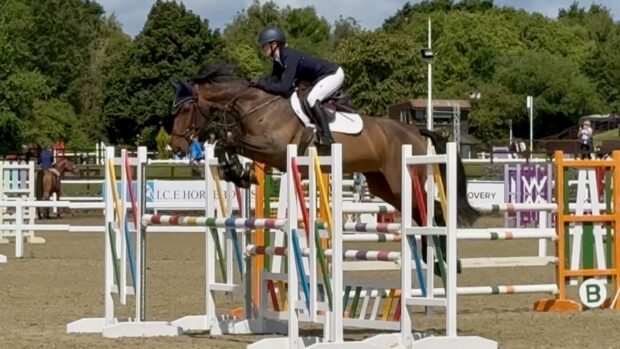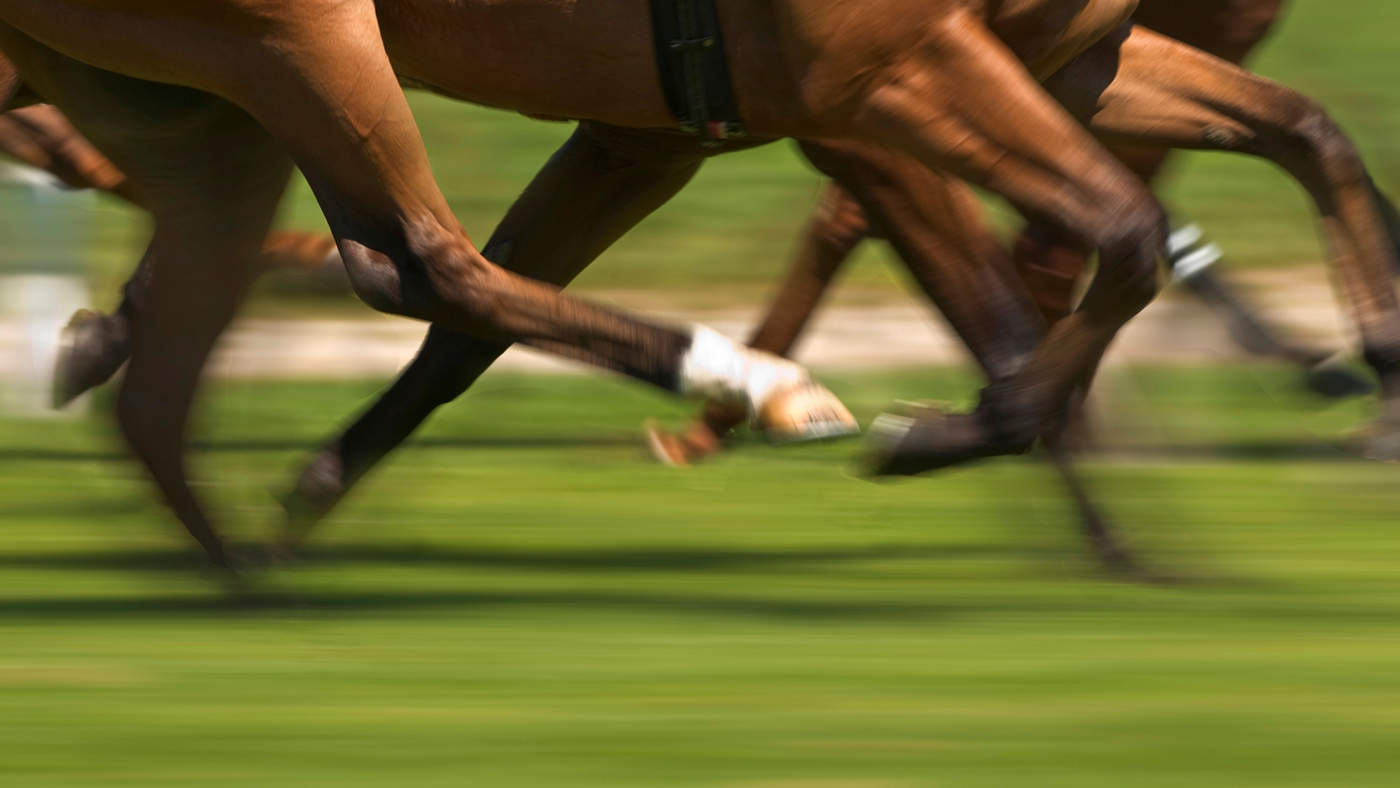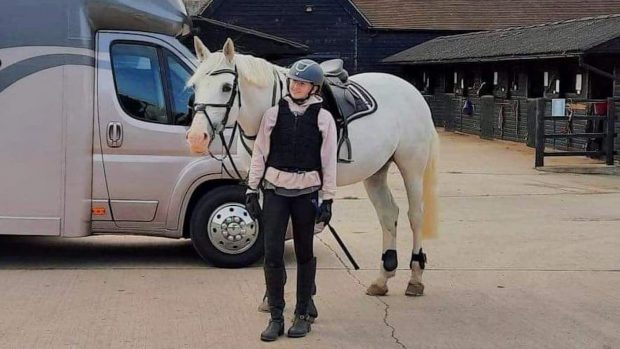A lack of work at racing speed and the use of sand gallops in training have been found to increase the likelihood of a racehorse suffering a bone fracture in a race. Horses in their first year of a racing career also carry an increased risk of suffering a bone injury.
These were the findings of a major research study funded by the Horserace Betting Levy Board, which was recently published in the Equine Veterinary Journal. The research, headed by Dr Tim Parkin, was carried out at the University of Liverpool into reasons why horses may sustain serious broken lower legs (from the hock and knee to the foot) during racing.
Three major factors were identified that altered the risk substantially of the horse sustaining a fracture. A major finding was that horses that undertook no gallop work in training had an increased risk of serious injury. This risk was reduced substantially if the horse did any fast galloping work during training.
This finding supports several other studies looking at how bone adapts to exercise, in particular that the bone is able to change both its shape and structure to make it strong enough to withstand the forces required of it during galloping exercise.
There was some evidence in this study that horses which do an excessive amount of galloping exercise during training may have a slight increase in risk of fracture, although the number in which this occurred was very small. It is likely that in these horses the bone has become as strong as is possible, and that excessive exercise is leading to damage within the bone, which then increases the risk of fracture.
The conclusions of the study are that short distances of high-speed exercise are vital to allow the bone to adapt and become strong enough to withstand racing competition. This distance may be as short as the horse doing fast gallop work of between four and 10 furlongs (800-2000m) each week.
Horses trained by methods that involve no fast work during training tend to have bones that have not adapted to withstand the rigours of competition, and thus are at increased risk of serious injury.
Greater risk in first year
The second significant finding was that there was a large increase in risk of fracture in horses in their first year of racing. After the first year, there was a decrease in risk
of injury, but there was evidence of an increased risk in horses that raced for more than five years.
However, very few horses have racing careers that last for this length of time, with only 8% of the horses in this study having raced for five or more years.
This effect of racing experience was not dependant on the age of the horse, with no significant difference in the amount of risk between a horse which started racing as a two-year-old in comparison with, say, a five-year-old. Thus two-year-old racing is in itself not a risk for sustaining a serious bone injury other than it would be the horse’s first year of racing.
So changing the racing programme to reduce the emphasis on the two-year-old season is unlikely to have a significant effect on the number of horses that sustain serious bone injuries at the racecourse.
It is likely that the increase in the exercise level during the horse’s first year in competition is responsible for this increased risk. This is especially so since the bones of the novice horse may not yet have adapted sufficiently to withstand the rigours of competition, and thus are more likely to fail and fracture.
Previous studies have identified an increase risk of fracture in horses competing in national hunt flat races (bumpers), and it is likely that this increased risk is due, in part, to the effect of the experience of the horses in these types of races. In this study an individual horse in a National Hunt flat race was about five times more likely to sustain a fatal distal limb fracture than a horse in a turf flat race.
The effect of the training surface
The third significant finding of the study was the effect of the training surface on the risk of fracture. There was a significant increased risk of fracture in horses trained on sand gallops in comparison to other surfaces such as turf or woodchip. This is always going to be a complex issue, as there are a wide variety of surfaces that are considered to be sand.
However, several studies have shown that there is an altered risk of fracture during races on dirt tracks in the USA or all-weather tracks in the UK in comparison to turf racing. It is likely that the limb of the galloping horse is subject to differing forces on such surfaces. This could lead to either an increase in damage to the bone or failure of a bone to strengthen adequately, both of which would ultimately lead to an increased risk of fracture.
With the increasing emphasis on all-weather racing in the UK, as well as the use of non-turf training surfaces, further work is now required to fully understand why there is an altered risk on some surfaces.
These studies have identified a number of issues that cause racehorses to have an altered risk of fracture. With this information, it becomes possible to institute changes in management that should reduce the risk of such injury and ultimately lead to a reduction in the number of serious injuries sustained during racing.
In particular, it appears to be vital that all racehorses should receive some training, even it is for only a short distance, at racing speed. Furthermore, the increased risk of horses during their first year in racing should always be considered, and their racing and training programme should be structured to allow their bones to adapt sufficiently to the rigours of competition.
|
||
 |
||


 Get up to 19 issues FREE
Get up to 19 issues FREE TO SUBSCRIBE
TO SUBSCRIBE 


